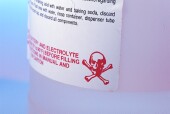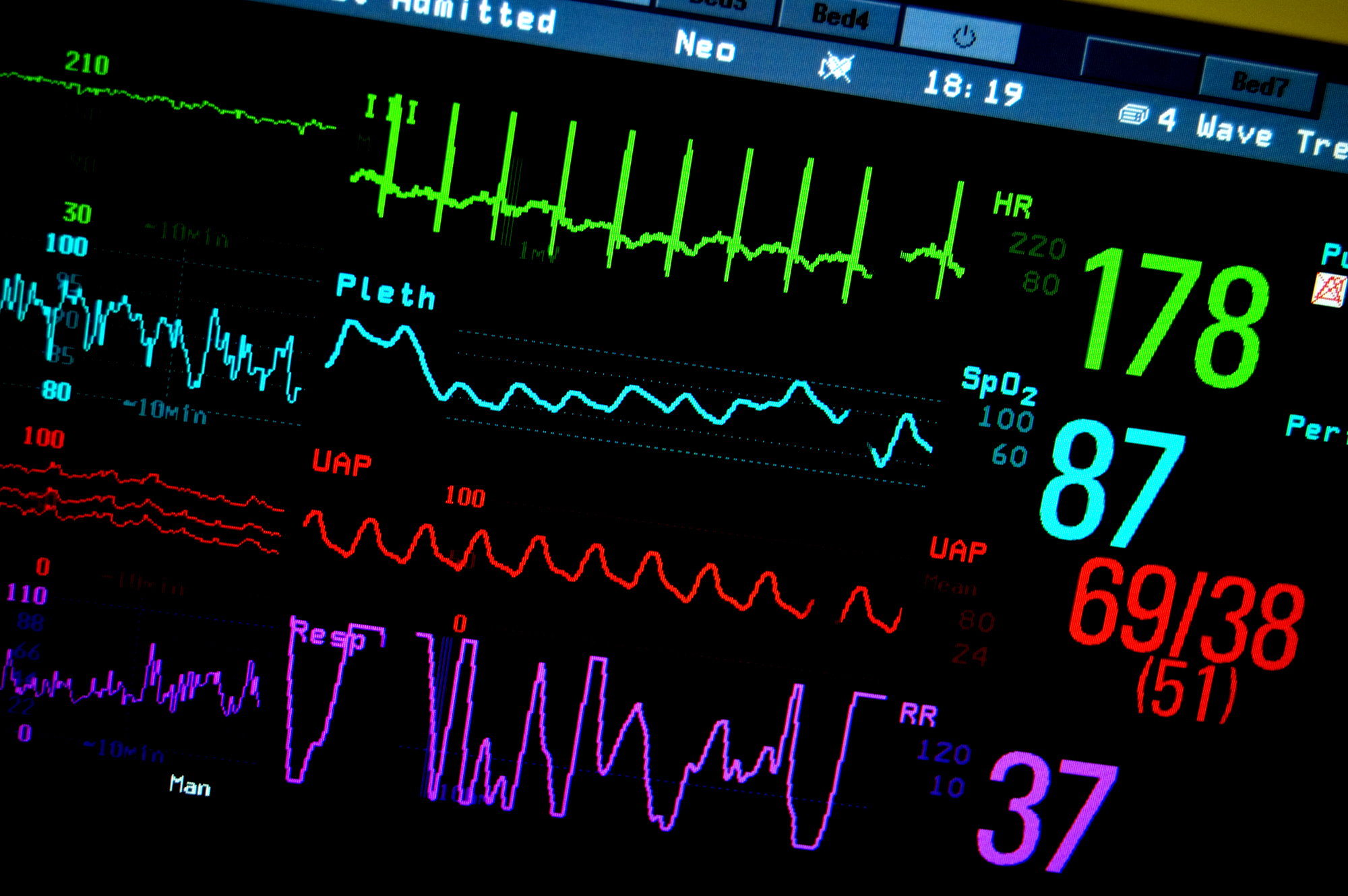
SATURDAY, April 12, 2014 (HealthDay News) — More than 1.2 million American children under the age of 6 swallow or come into contact with poisonous substances each year.
The American Academy of Pediatrics offers advice on preventing and treating poisonings.
Medicines, pesticides, cleaning products, furniture polish, antifreeze, windshield-wiper fluid, gasoline, kerosene and lamp oil are among the most dangerous potential poisons in or near the home.
Most child poisonings occur when parents or caregivers are at home but not paying attention to youngsters, the AAP said in a news release. It’s important to be especially watchful when there is a change in household routine, such as holidays, visits to and from relatives, and other special events.
Store medicines, pesticides, cleaning and laundry products, and paints and varnishes in their original packaging in locked cabinets or containers that are out of sight and reach of children.
Check the label every time you give a child medicine to ensure the correct dosage, the AAP said. When giving children liquid medicines, use the dosing device that came with the product. Never call medicine “candy” or other appealing names and be sure to throw out unused medicines. Never put poisonous items in food or drink containers.
If your child has swallowed or come in contact with poison and is unconscious, not breathing or having convulsions, call 911 or your local emergency number immediately, the AAP said. If your child has swallowed poison, have the child spit out any remaining substance, but do not make the child vomit and do not use syrup of ipecac.
If a child’s skin has come into contact with poison, remove the child’s clothes and rinse the skin with lukewarm water for at least 15 minutes, the AAP said.
If poison has gotten into a child’s eyes, flush their eyes by holding the eyelid open and pouring a steady stream of room-temperature water into the inner corner of the eye for 15 minutes, the AAP said.
If a child has been exposed to poisonous fumes, take the child outside or into fresh air immediately. If the child is not breathing, start CPR and do not stop until the child breathes on his or her own, or until another person can take over CPR.
More information
The U.S. Centers for Disease Control and Prevention has more about poison prevention.
Copyright © 2025 HealthDay. All rights reserved.

